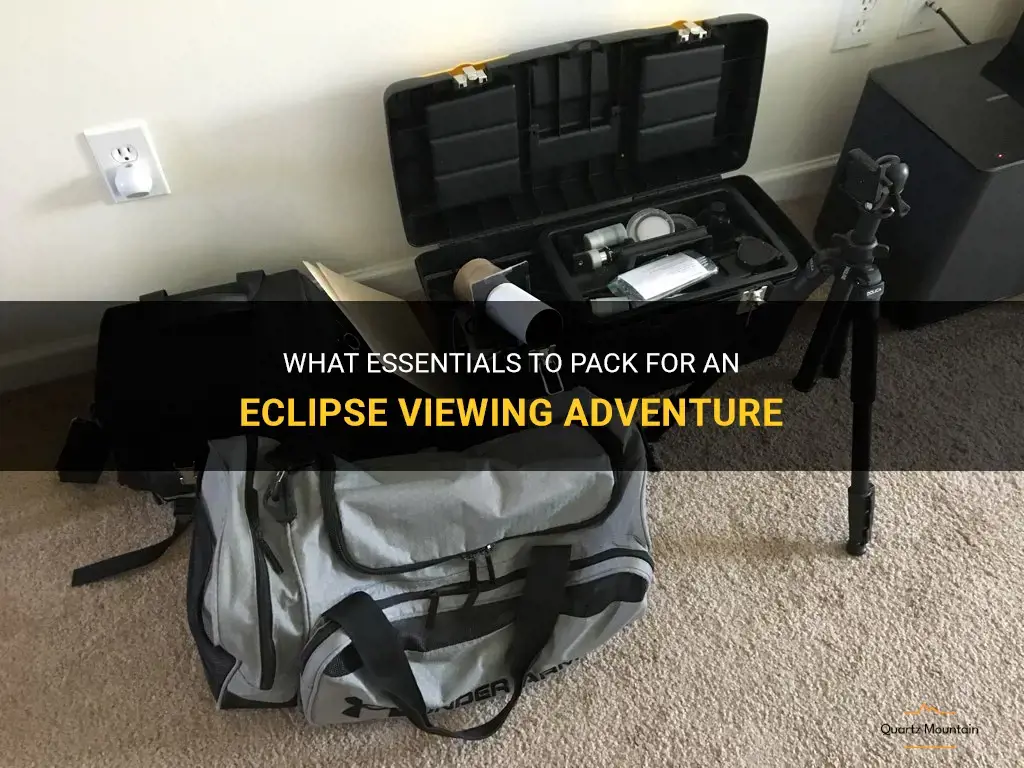
Are you ready to witness one of the most awe-inspiring celestial events? The Great American Eclipse is just around the corner, and if you're planning to embark on an eclipse viewing adventure, it's crucial to make sure you have all the essentials packed. From solar glasses to telescopes, this guide will help you prepare for an experience that is truly out of this world. So, get ready to feast your eyes on the breathtaking phenomenon that will leave you in complete awe and wonder.
| Characteristics | Values |
|---|---|
| Protective Eyewear | Solar eclipse glasses |
| Proper Clothing | Long-sleeved shirts and pants |
| Sunscreen | SPF 30 or higher |
| Hat | Wide-brimmed hat |
| Portable Chair | Folding chair or blanket |
| Water | Plenty of water |
| Snacks | Non-perishable snacks |
| Camera | Digital camera or smartphone |
| Binoculars | Solar-filtered binoculars |
| Maps | Local area maps |
| First Aid Kit | Band-aids, antiseptic, etc. |
| Cash | Small bills for vendors |
| Portable Charger | External battery pack |
| Weather Forecast | Check the local forecast |
| Extra Clothes | Extra layers for changing weather |
What You'll Learn
- What are the essential items to pack for viewing a solar eclipse?
- Should I bring a telescope or binoculars to view the eclipse?
- What type of protective eyewear should I pack for eclipse viewing?
- Are there any specific clothing or gear recommendations for watching an eclipse?
- How can I ensure I have all the necessary supplies for a successful eclipse viewing?

What are the essential items to pack for viewing a solar eclipse?
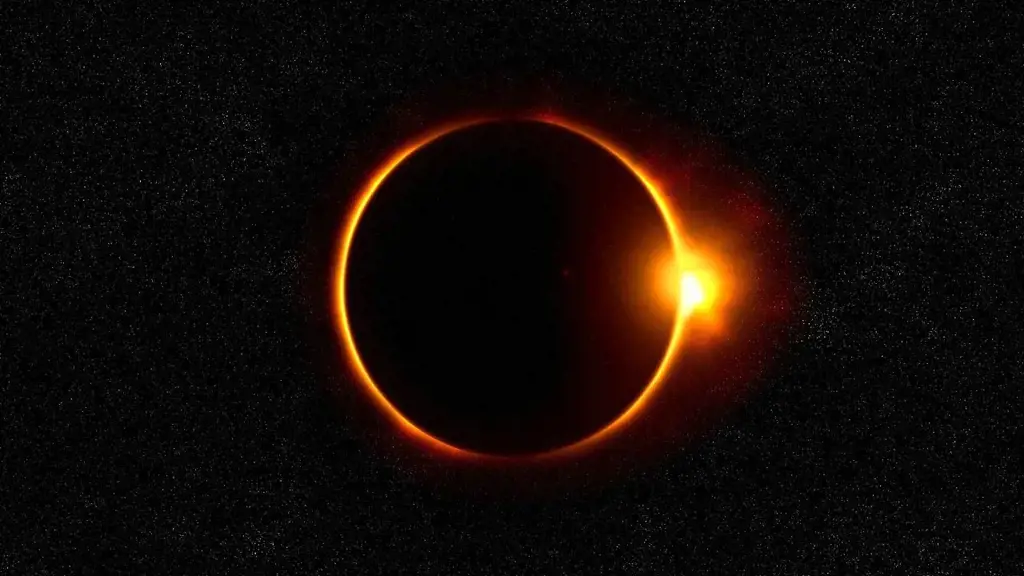
A solar eclipse is a breathtaking natural phenomenon that occurs when the moon passes between the Earth and the Sun, causing the Sun to be partially or completely obscured. Viewing a solar eclipse is a rare and thrilling experience that many people look forward to. However, it is crucial to ensure that you have the right equipment and protective gear to enjoy this celestial spectacle safely. In this article, we will discuss the essential items you need to pack for viewing a solar eclipse.
Solar Viewing Glasses:
The most important item you will need is a pair of solar viewing glasses. These special glasses are equipped with solar filters that block out harmful ultraviolet and infrared rays, allowing you to safely observe the Sun. Regular sunglasses or homemade filters are not sufficient to protect your eyes during a solar eclipse. Make sure to purchase eclipse glasses that meet the ISO 12312-2 safety standard to ensure your eyes are adequately protected.
Binoculars or Telescope:
If you want to get a closer look at the eclipse, consider bringing a pair of binoculars or a small telescope. However, it is crucial to use them with caution. Never look directly at the Sun through binoculars or a telescope without solar filters. Attach a solar filter to the front aperture of the device to protect your eyes and prevent damage to the optics.
Tripod or Mount:
To stabilize and support your binoculars or telescope, it is recommended to bring a tripod or a mount. This will allow for steady and precise observations of the eclipse. It can be challenging to hold binoculars or a telescope steadily for an extended period, especially during the excitement of an eclipse. A tripod or mount will help you maintain a clear and stable view.
Camera with Solar Filter:
Capturing stunning images of a solar eclipse is a popular activity for many enthusiasts. If you plan to photograph the eclipse, it is essential to equip your camera with a solar filter. A solar filter will protect your camera's sensor and lens from intense sunlight, allowing you to capture the beauty of the eclipse safely. Make sure to use a solar filter specifically designed for cameras and follow the manufacturer's instructions for proper usage.
Extra Batteries and Memory Cards:
Don't forget to pack extra batteries and memory cards for your camera. Solar eclipses often last for several hours, and you wouldn't want to miss any precious moments due to a drained battery or a full memory card. Ensure that you have sufficient storage space to capture multiple images and videos of the eclipse.
Protective Case or Bag:
To keep all your equipment organized and protected, invest in a sturdy and waterproof case or bag. This will help guard against any accidental damage during transportation or adverse weather conditions.
Maps and Weather Updates:
Before embarking on your eclipse-viewing adventure, it is beneficial to gather information about the location and the expected weather conditions. Check online resources, download apps, or consult local astronomical societies for updated eclipse maps and weather forecasts. Being prepared will increase the chances of witnessing this extraordinary event without any unforeseen obstacles.
Remember, safely viewing a solar eclipse is paramount to protect your eyes and equipment. Follow all safety guidelines, use appropriate filters, and double-check your equipment before setting out on your solar eclipse journey. Prepare in advance and enjoy this awe-inspiring celestial spectacle with confidence.
Essential Items to Pack for Viewing the Eclipse
You may want to see also

Should I bring a telescope or binoculars to view the eclipse?
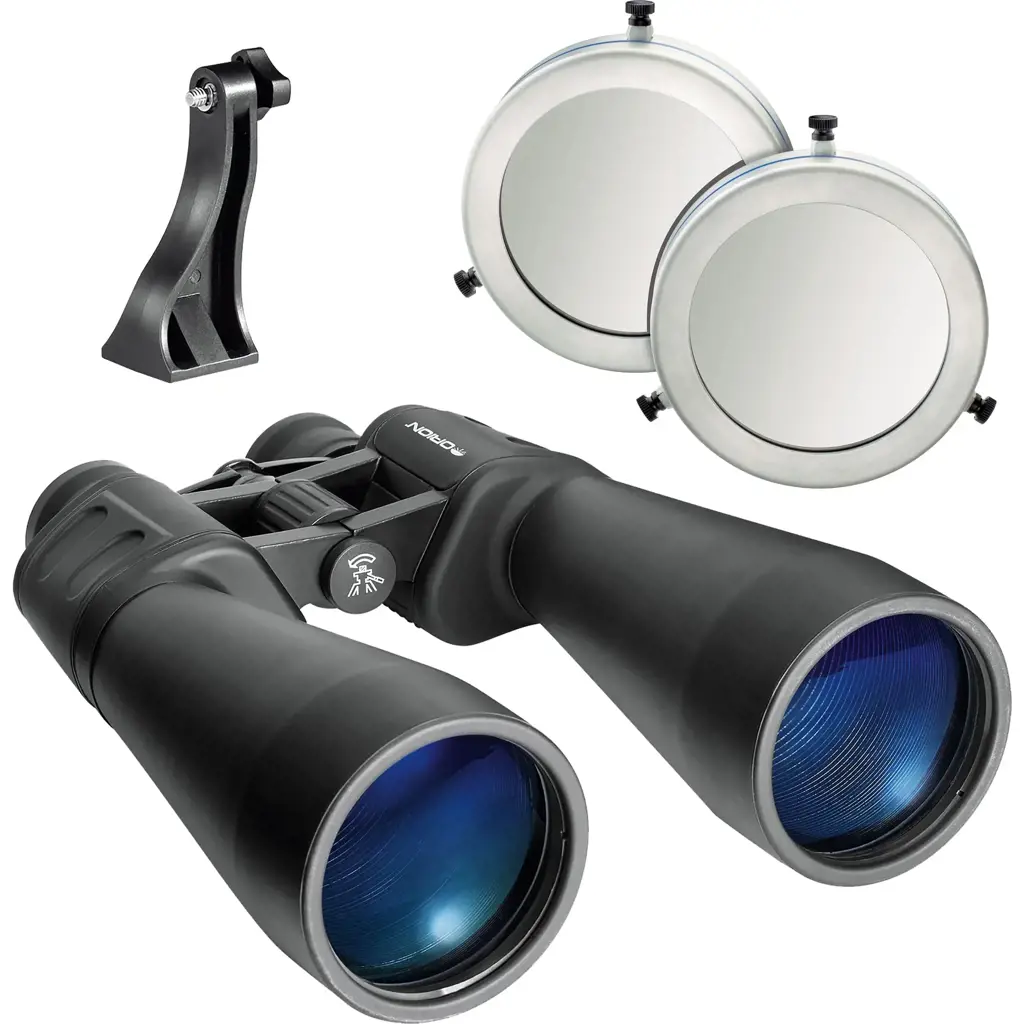
When it comes to viewing an eclipse, bringing a telescope or binoculars can greatly enhance your experience. However, there are a few things to consider before deciding which one to bring.
Telescopes are great for getting a closer look at the details of an eclipse. They allow you to see the sun's corona, prominences, and other fine details that may not be visible to the naked eye. They also provide a larger field of view, allowing you to take in more of the eclipse at once. Additionally, some telescopes have filters that can protect your eyes from the sun's harmful rays.
On the other hand, binoculars offer a wider field of view compared to most telescopes. This can be useful for observing the overall size and shape of the eclipse, as well as any surrounding scenery. Binoculars are also more portable and easier to set up, making them a great option for those who want to be on the move during the eclipse.
Before deciding which one to bring, it's important to consider your level of experience and comfort with using telescopes or binoculars. Telescopes can be more challenging to set up and align properly, especially for beginners. They also require a sturdy tripod to provide stability and prevent shaking or vibrations that can distort the view. Binoculars, on the other hand, are generally more user-friendly and easy to use, making them a great choice for beginners or those who want a simple and hassle-free viewing experience.
Another factor to consider is the specific type of eclipse you will be viewing. If you are planning to view a total solar eclipse, a telescope with a solar filter is highly recommended. This filter will protect your eyes from the intense sunlight and allow you to safely observe the eclipse. Binoculars can also be used with a solar filter, but you will need to attach the filter to each lens separately. If you are viewing a partial solar eclipse, binoculars with solar filters can provide a great view as well.
In terms of cost, binoculars are generally more affordable than telescopes. They come in a wide range of prices, depending on the brand, quality, and features. Telescopes, on the other hand, can be quite expensive, especially if you are looking for a high-quality model with advanced features.
Ultimately, the decision between a telescope or binoculars comes down to personal preference and your specific viewing needs. If you are interested in observing the fine details of an eclipse and don't mind the extra setup and cost, a telescope may be the better option for you. If you prefer a wider field of view and a more portable setup, binoculars could be the way to go. Whichever option you choose, make sure to follow proper safety guidelines and use appropriate solar filters to protect your eyes during the eclipse.
Preparing for a Trip to the Amazon Rainforest Fire: Essential Packing Guide
You may want to see also

What type of protective eyewear should I pack for eclipse viewing?
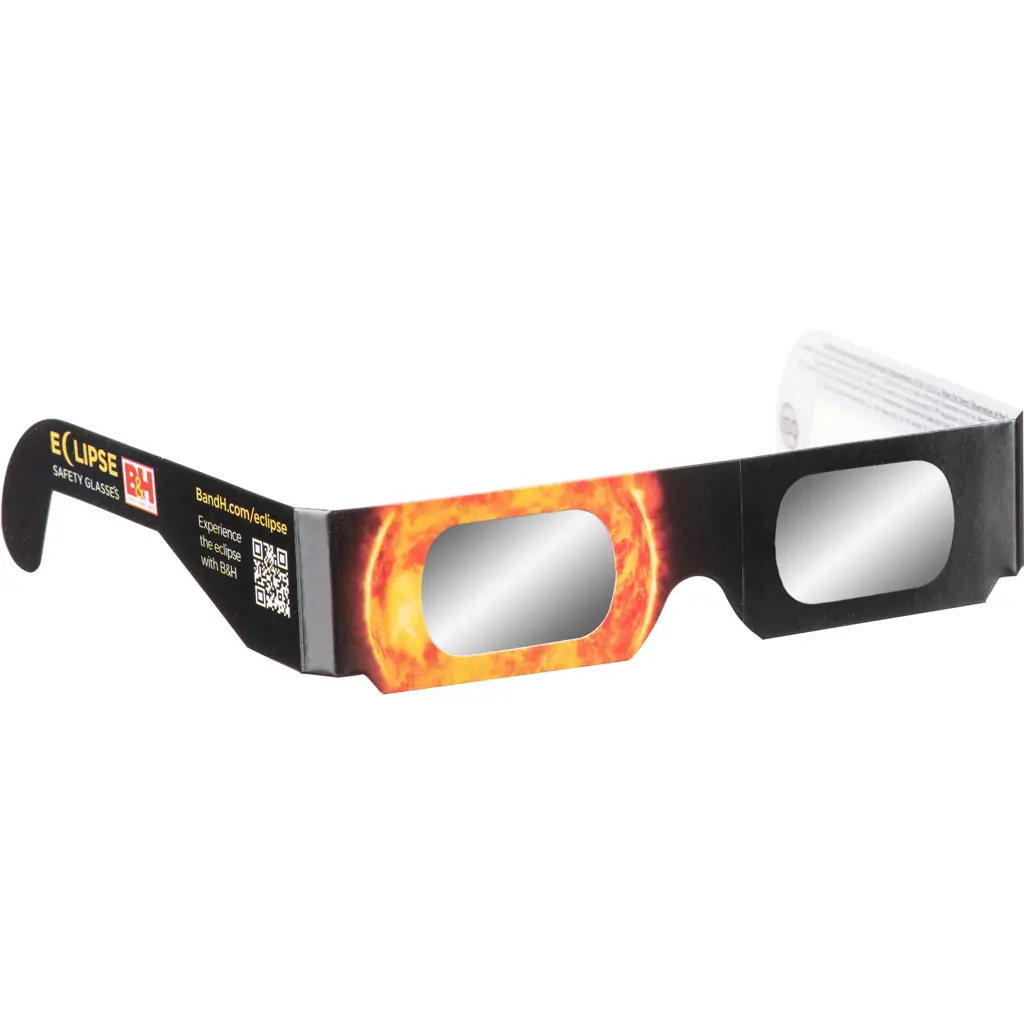
As you prepare for an upcoming eclipse, one important aspect to consider is the type of protective eyewear you should pack. Viewing an eclipse without proper eye protection can result in severe damage to your eyes. Here, we will discuss the various types of protective eyewear available and help you choose the right one for a safe and enjoyable viewing experience.
Solar Viewing Glasses:
Solar viewing glasses are perhaps the most common and widely recommended choice for eclipse viewing. These glasses are specially designed to block out the harmful ultraviolet (UV) and infrared (IR) radiation from the sun, allowing you to safely observe the eclipse without damaging your eyes. It is important to ensure that the glasses are certified by an accredited organization, such as the American Astronomical Society (AAS), to ensure they meet the necessary safety standards.
Welder's Goggles:
Another viable option for eclipse viewing is welder's goggles. Welder's goggles with a shade rating of 14 or higher provide adequate protection against the bright sunlight during an eclipse. However, it is crucial to ensure that the goggles are specifically designed for eclipse viewing and not just standard welding goggles, as they may not provide the necessary level of protection.
Pinhole Projector:
If you prefer not to wear protective eyewear, you can still safely observe the eclipse using a pinhole projector. This simple device allows you to indirectly view the eclipse by projecting the image of the sun onto a surface. To create a pinhole projector, you need a piece of cardboard or a similar material. Make a small hole in the center of the cardboard and hold it slightly above a flat surface. The sunlight passing through the hole will project an image of the eclipse onto the surface below, allowing you to safely view the event.
Camera Filters:
If you are an avid photographer, you may want to consider using camera filters specifically designed for solar photography. These filters can be attached to your camera lens and provide the necessary protection to capture stunning images of the eclipse. However, it is important to note that using a camera filter alone is not sufficient for direct viewing of the eclipse. You still need to wear proper solar viewing glasses or use a pinhole projector to protect your eyes.
In conclusion, when packing for eclipse viewing, it is crucial to prioritize your eye safety. Solar viewing glasses, welder's goggles, pinhole projectors, and camera filters are all viable options for protecting your eyes during an eclipse. Remember to choose certified and approved eyewear and enjoy the celestial event responsibly.
Essential Items to Pack for a Memorable Backcountry Skiing Trip
You may want to see also

Are there any specific clothing or gear recommendations for watching an eclipse?
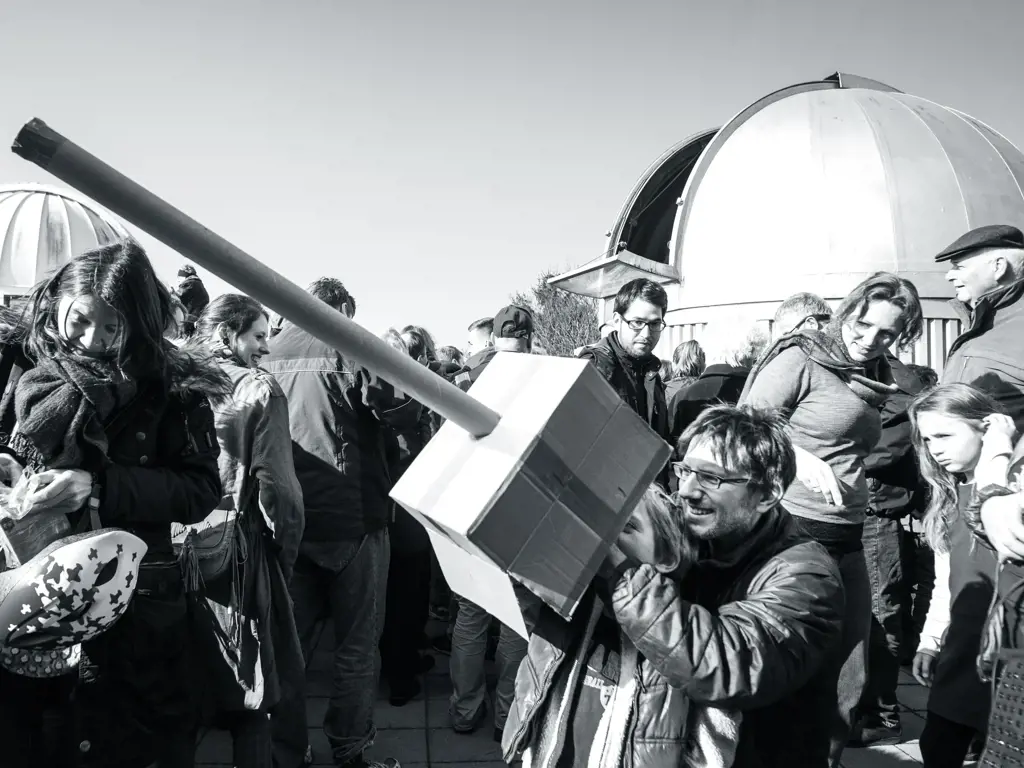
Watching a solar eclipse can be an awe-inspiring experience, but it's important to remember that looking directly at the sun can cause permanent damage to your eyes. To safely observe an eclipse, it is crucial to have the proper clothing and gear. Here are some recommendations:
- Solar Eclipse Glasses: The most important piece of gear for eclipse viewing is a pair of solar eclipse glasses. These glasses are specially designed to block out harmful ultraviolet and infrared rays, allowing you to look directly at the sun without damaging your eyes. It is vital to ensure that the glasses you use are certified safe for eclipse viewing.
- Proper Clothing: While not directly related to eye safety, it is essential to dress appropriately for the occasion. Keep in mind that solar eclipses often occur during midday, and depending on the location, the temperature can be quite hot. Wearing lightweight, breathable clothing will help you stay comfortable during the event. It is also a good idea to bring a hat and sunscreen to protect yourself from the sun's intense rays.
- Binoculars or Telescopes: If you want to get a closer look at the eclipse, using binoculars or telescopes can enhance your viewing experience. However, it is crucial to use filters specifically designed for solar observation to prevent eye damage. Without proper filters, focusing binoculars or telescopes directly on the sun can intensify the light and heat, which can cause harm.
- Camera Filters: If you plan to capture images of the eclipse, it is important to use a solar filter on your camera to prevent damage to both your eyes and the camera's sensor. Shooting directly at the sun without a filter can cause irreversible damage to the camera.
- Tripod or Mount: To ensure steady shots or prolonged observation, it is advisable to use a tripod or mount when using binoculars or a camera during an eclipse. This will help stabilize your equipment and prevent shaking or movement.
It is crucial to note that regular sunglasses, camera filters, or homemade devices like smoked glass or exposed film are not suitable for eclipse viewing. These can transmit harmful rays and provide insufficient protection for your eyes.
In summary, to safely observe a solar eclipse, it is necessary to have certified solar eclipse glasses, suitable clothing for comfort and sun protection, and proper filters for binoculars and cameras. Using a tripod or mount can also enhance your viewing experience. By taking these precautions, you can fully enjoy the awe-inspiring sight of an eclipse while protecting your eyes and equipment.
Essential Items to Pack for a Memorable Trip to Seattle
You may want to see also

How can I ensure I have all the necessary supplies for a successful eclipse viewing?
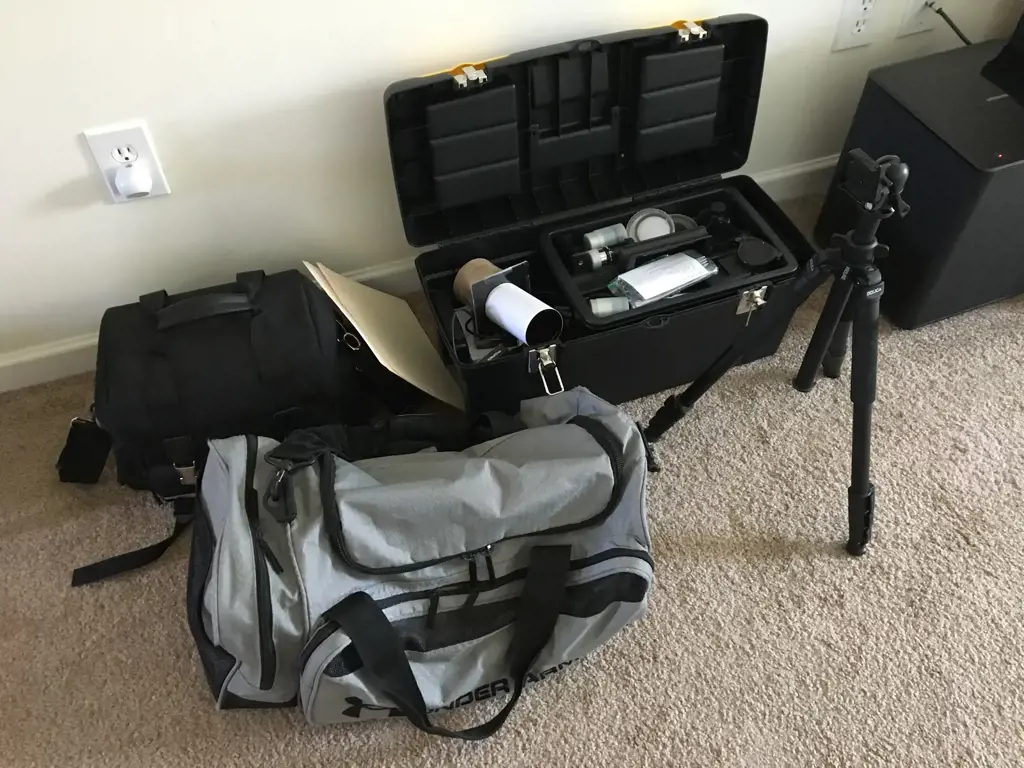
For sky watchers and astronomy enthusiasts, witnessing a solar eclipse can be an exhilarating experience. To make the most of this rare celestial event, it is important to ensure that you have all the necessary supplies to safely and successfully view the eclipse. Here are some steps to help you prepare for and enjoy this awe-inspiring phenomenon.
Step 1: Research the Eclipse Date and Location:
Before gathering your supplies, it's crucial to know the exact date and location of the solar eclipse you plan to observe. Solar eclipses are visible only from specific areas, and the extent of visibility may vary depending on your location. Researching the eclipse date and location will enable you to plan your viewing experience and gather the necessary supplies accordingly.
Step 2: Get the Right Solar Viewing Glasses:
One of the most important supplies for eclipse viewing is a pair of solar viewing glasses. These glasses are specifically designed to protect your eyes from the harmful rays of the sun during an eclipse. Opt for glasses that are certified to meet the ISO 12312-2 safety standard to ensure maximum eye protection. Always remember to inspect them for any damage or scratches before using them.
Step 3: Use Solar Filters for Telescopes and Binoculars:
If you plan to enhance your eclipse-viewing experience with telescopes or binoculars, it is crucial to use appropriate filters to protect your eyes and equipment. Solar filters specifically made for these optical devices can block the intense solar radiation and allow you to observe the eclipse safely. Ensure that the filters fit securely and cover the entire aperture of your equipment.
Step 4: Bring a Tripod or Mounting System:
For capturing clear and steady images or videos of the eclipse, a tripod or a mounting system is essential. These accessories will minimize hand movements and vibrations, allowing you to achieve crisp and detailed shots. Find a sturdy tripod that can support the weight of your camera or smartphone and easily adjust the angle for the best viewing experience.
Step 5: Prepare a Backup Power Source:
To avoid running out of power during the eclipse, it is advisable to bring a backup power source for your electronic devices. This could be extra batteries for your camera or a portable charger for your smartphone. A fully charged power source will ensure that you can capture the eclipse and share your experience without any interruptions.
Step 6: Consider Weather-Resistant Gear:
Depending on the location and weather conditions, it is important to have weather-resistant gear to protect yourself and your equipment. This can include waterproof covers for your cameras, raincoats, umbrellas, and sunscreen for personal protection. Being prepared for any weather conditions will help you stay comfortable and capture the eclipse without any hindrances.
Step 7: Don't Forget Snacks and Water:
Lastly, don't forget to pack some snacks and water to keep yourself energized and hydrated during the eclipse. Depending on the duration of the eclipse and your location, it might be a long wait before you witness the event. Having some light snacks and water will ensure that you can fully enjoy the experience without any discomfort.
By following these steps and ensuring that you have all the necessary supplies, you can have a successful and memorable eclipse viewing experience. Remember to prioritize safety and protect your eyes with certified solar viewing glasses, and always follow the guidelines and recommendations provided by experts. So get ready to witness the beauty of a celestial spectacle and immerse yourself in the awe-inspiring wonder of a solar eclipse.
Frequently asked questions
- When packing for a solar eclipse viewing, it's important to have the necessary eye protection. Make sure to bring certified eclipse glasses or handheld solar viewers to safely observe the eclipse. A chair or blanket for comfortable seating is also recommended. Don't forget to bring sunscreen, as the sun's rays can still be intense during an eclipse. Lastly, pack a camera or smartphone with a telephoto lens if you wish to capture the eclipse.
- It's a good idea to pack food and drinks for a solar eclipse viewing, especially if you plan on being outside for an extended period of time. Depending on the duration of the eclipse and your location, it might be difficult to access nearby facilities or restaurants. Bring snacks, sandwiches, and plenty of water to stay hydrated and energized throughout the event.
- Dressing appropriately for a solar eclipse viewing is important, as you'll likely be spending several hours outdoors. Wear comfortable clothing that is suitable for the weather conditions at your location. If the eclipse is happening in a hot and sunny area, choose lightweight, breathable attire. If it's cooler, layer up and consider bringing a jacket or sweater. Don't forget to pack a hat and sunglasses to protect yourself from the sun's rays.
- In addition to the essentials mentioned earlier, consider packing a small first aid kit with band-aids, pain relievers, and insect repellent. If you plan on staying overnight or camping, bring a tent, sleeping bags, and camping gear. It's always a good idea to have a charged portable phone charger with you in case your device runs out of battery.
- There are a few items you should avoid bringing to a solar eclipse viewing. Firstly, do not bring regular sunglasses as they do not provide adequate protection from the sun's harmful rays during an eclipse. Also, do not bring any equipment or tools that could potentially damage or obstruct other people's views of the eclipse, such as tripods or large umbrellas. Lastly, it's best to leave unnecessary valuables at home to minimize the risk of loss or theft.







